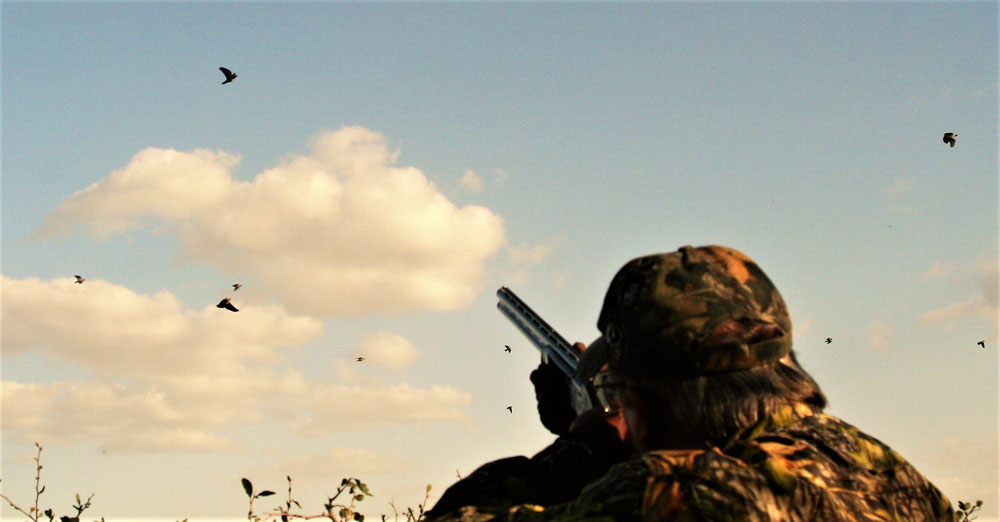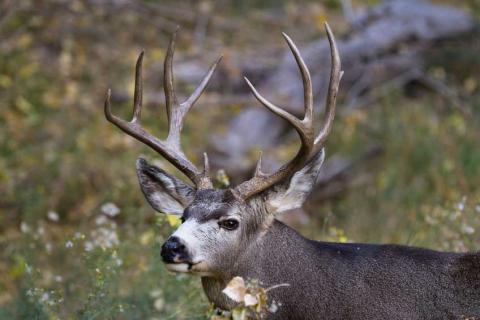Let the Gun Become a Part of Your Body with Marty Fischer
provided by John E. Phillips
“I’ve been on the Mossy Oak National ProStaff ever since the company has had a ProStaff,” said Marty Fischer, one of the nation’s top shotgun-shooting instructors and clay-target course designers. Fischer has multiple gold medals from several World Skeet Championships and Sporting Clays. For many years, Fischer competed in shotgun shooting events worldwide. Now he helps design clay-target courses and teaches shotgun shooting (the past 30 years) at wing-shooting schools and to national competitors. After seeing Fischer shoot in the dove field, I’m convinced that he shoots fewer shells to take more doves than anyone with whom I’ve ever hunted. Fischer has shot birds on four continents and in 11 countries.

Why We Stop the Gun:
Most of us grew up shooting .22 rifles at critters that were standing still, so we’re not accustomed to moving our guns. To make a good shot with rifles, we want the animals to stop while we aim and then squeeze the trigger. But, if you’re shooting a moving target, you have to point your shotgun just like you point your finger. We do aim shotguns when we’re shooting turkeys, but we don’t aim when we’re shooting doves, quail, pheasants, grouse, snipes and/or prairie chickens. For success, the gun has to stay in motion after you’ve pulled the trigger. Think about how a baseball player doesn’t stop the bat after he hits the ball, but instead continues his swing. Just like that scenario, to shoot doves effectively, you have to continue swinging the gun after you pull the trigger. Many times, a hunter isn’t aware of the fact that he’s stopping the gun.
How to Mount the Gun Properly:
Oftentimes we forget that there’s no rear sight on a shotgun that’s used for wing shooting. However, if you mount the gun properly, your eye functions as a rear sight, and the bead functions as your front sight. A bad gun mount most often results in a miss. The proper way to mount your gun is by pushing your forearm toward the target, lifting the gun to your face and keeping your eye on the dove at all times. Both of your hands have to work as a team to get your shotgun at the right position to shoot a dove - without taking your eye off the bird in flight. If one hand acts independently of the other hand, the shooter will get a muzzle slip, which is contrary to the trajectory of the bird. That also constitutes a stop, which changes your timing of the shot.
Learn more about Marty Fisher:



























